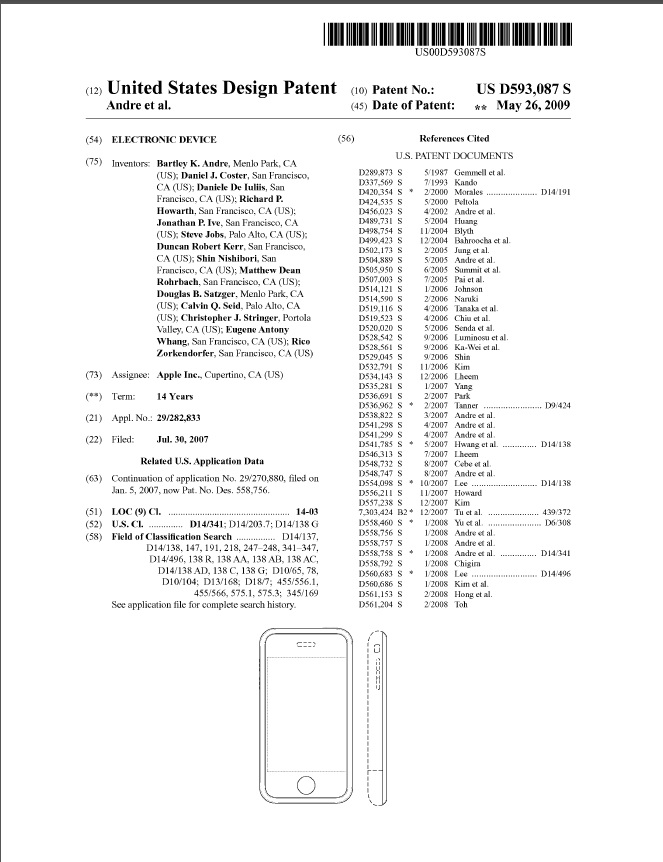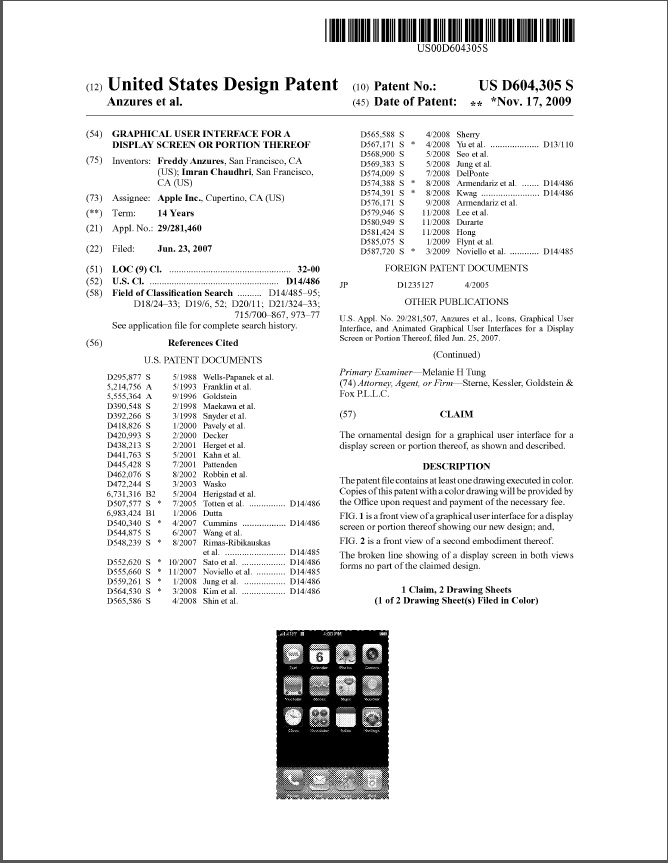In Power Integrations, Inc., v. Fairchild Semiconductor International, Inc, [2015-1329, 2015-1388] (December 12, 2016), a complicated action where each party claimed the other directly and indirectly infringed its patents, the Federal Circuit: affirmed the jury’s verdict that the asserted claims of the ’876 patent were not anticipated; vacated the jury’s verdict that Fairchild induced infringement of the asserted claims of the ’876 and ’851 patents; reversed the jury’s verdict that the asserted claims of the ’605 patent were not anticipated; and affirmed the district court’s construction of the ’972 patent.
An interesting aspect of the case was the use of vitiation to find no infringement under the doctrine of equivalents. The Federal Circuit addressed Power Integrations’ claim vitiation argument, noting that under claim vitiation, “if a court determines that a finding of infringement under the doctrine of equivalents would entirely vitiate a particular claimed element, then the court should rule that there is no infringement under the doctrine of equivalents.” citing Lockheed Martin Corp. v. Space Systems/ Loral, Inc., 324 F.3d 1308, 1321 (Fed. Cir. 2003). The Federal Circuit also quoted from Warner-Jenkinson Co., Inc. v. Hilton Davis Chem. Co.:
if a theory of equivalence would entirely vitiate a particular claim element, partial or
complete judgment should be rendered by the court.
The Federal Circuit agreed with Power Integrations that a finding of infringement under the doctrine of equivalents would vitiate the requirement that the claimed feedback signals be “distinct.” The Federal Circuit explained that the inventor of the ’972 patent detailed at trial the difficulty in designing a power supply with accurate primary-side control and the breakthrough he achieved by adding a second feedback signal specifically related to output current. The inventor went on to testify that having a second feedback signal—related to current—that is distinct from the first feedback signal—related to voltage—is what distinguished the claimed invention from the prior art.
Under these circumstances, allowing the doctrine of equivalents to read out the claim requirement for a second feedback signal in order to cover a system with a single feedback signal would impermissibly vitiate the claim element.



